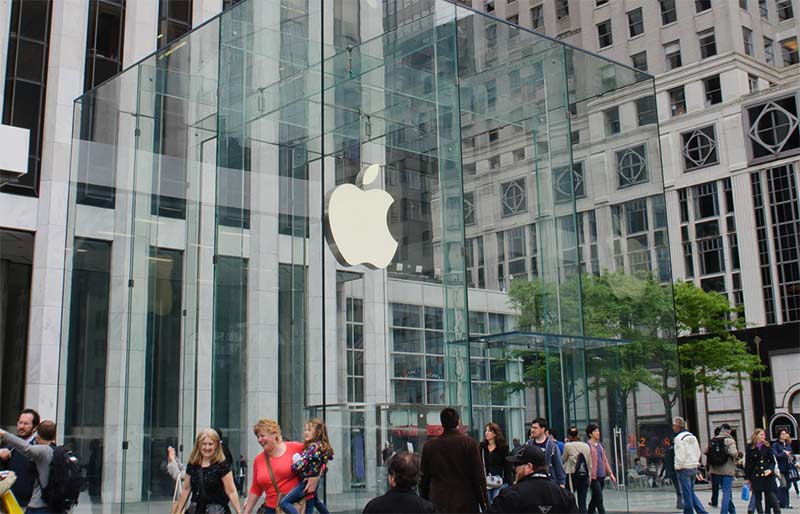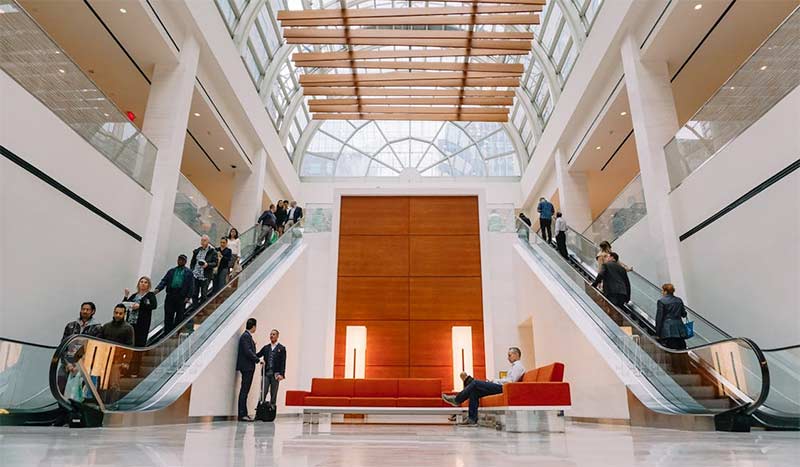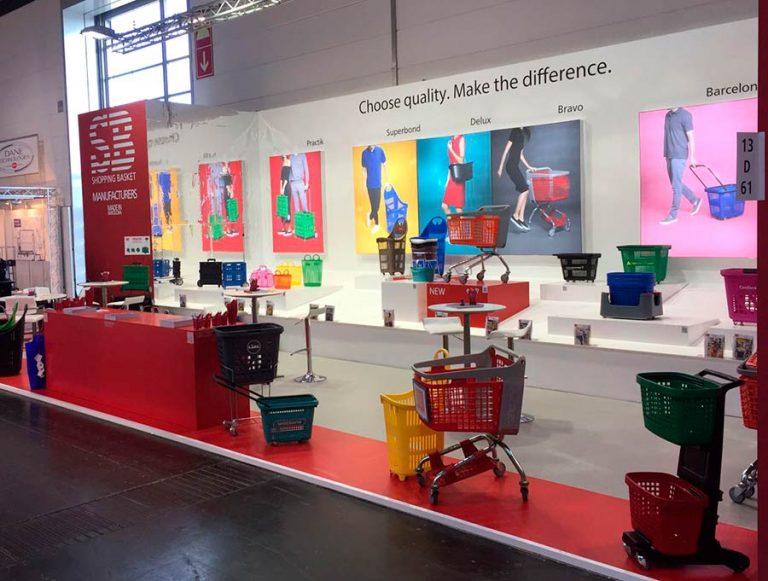When did the first flagship stores open?
Flagship stores are an idea that emerged in the 1980s when luxury brands began to appreciate the need for having stores on the main street of their city where selling products was not the primary reason for visits. Consumers would seek an immersive and highly differentiated experience in these retail locations. The idea behind the concept itself was fundamental: a main showcase that symbolized the essence of the brand in its purest form. This concept developed due to the need to stand out in an increasingly saturated and competitive commercial environment.
The first Flagship Store
The first modern flagship store was the Apple store on Fifth Avenue in New York, inaugurated in 2006. The store was not as important for sales as it was for its iconic and cultural architecture, attracting millions of visitors per year. The store was conceived as more than a place to sell Apple products: it was designed as a social hub and an experience.

Justifying a very high investment
Today, flagship stores are crucial for several reasons vital to marketing and branding. We must understand that the evolving dynamics of e-commerce have drastically changed consumer buying behavior.
Despite the convenience and reach of online shopping, along with options that may not be available anywhere else, there is simply no way to replace the personal and social joy of visiting a store in person. This is where flagship stores come into play.

Flagship stores offer a complete and immersive brand experience that cannot be emulated online. These stores allow brands to showcase their products in a creatively controlled environment where every aspect, from product display to space design, is in harmony with the brand’s identity.
Such control is not possible in the digital space, where external distractions can often neutralize the impact of the brand’s message. There are several justifications for investing in building flagship stores.
Firstly, they serve as marketing laboratories through which the brand can test new ideas, concepts, and products. The observations and lessons learned from the operations of these stores can then inform and influence other areas of the business.
Additionally, flagship stores are usually located in iconic and busy locations, which highlights and increases brand visibility.
It is well known that customer experience is key. In a recent report published by PwC, it was observed that 73% of consumers consider customer experience important in their purchase decision-making process.
Flagship stores are designed to provide exceptional experiences that can establish brand loyalty and ensure positive word of mouth. In this sense, the investment in such stores is capable of yielding high dividends in the foreseeable future.
Objectives of the flagship store
There are several goals that brands aim to achieve with flagship stores.
Firstly, they aim to showcase their values and brand identity. Flagship stores are places where the brand can tell its story in the most material and memorable way possible. Every element in the store, from architecture to design, is carefully chosen and modeled to convey the brand’s message unequivocally and strongly.
Another key objective is differentiation. In a competitive market, standing out is crucial. Flagship stores help the brand provide an experience that simply cannot be found anywhere else. This not only attracts consumers but also establishes the impression that the brand is a leader and innovator in its category.
A second major objective is community building. Flagship stores are not merely points of sale; rather, they are places where brand experiences and consumer experiences are created. Brands organize events, workshops, and other interactions in flagship stores to connect with the community and people. This interaction, especially in the age of social media, becomes a facilitator for creating experiences that people share within their networks, thereby amplifying the brand’s strength and impact.
Flagship stores also serve as learning facilities. Retailers use these stores to educate consumers about their products, where the products come from, and the values the brand represents. For example, a tech brand may have interactive areas where consumers can try out the latest gadgets, while a fashion brand may have displays showing the design and manufacturing process. This not only informs the consumer but also builds an emotional connection with the brand.
Finally, flagship stores are an excellent way to generate publicity and public relations. The opening of a new flagship store is often a press-worthy event, increasing brand awareness through media coverage. Additionally, the stores can become tourist attractions in their own right, attracting visitors from around the world and thus expanding the brand’s presence in international markets. In essence, flagship stores have evolved from being mere retail points to becoming marketing and brand management centers.
The long-term value of having such stores justifies the investment, making them an absolute necessity for any brand looking to succeed and stand out in today’s world.

Finally, flagship stores are an excellent way to generate publicity and public relations. The opening of a new flagship store is often a press-worthy event, leading to increased brand awareness through media coverage. Additionally, these stores can become tourist attractions in their own right, drawing visitors from all over the world and thus enhancing the brand’s presence in international markets. In essence, flagship stores have evolved from being mere points of sale to becoming centers of marketing and brand management. The greater their value, the better it can be highlighted by the flagship stores’ ability to offer brand experiences, differentiate the brand in an oversaturated market, build community, educate consumers, and market the brand.
The long-term value of having such stores justifies the investment, making them an absolute necessity in the toolkit of any brand that wants to succeed and stand out in today’s world.

 Sign up for our newsletter and be the first to receive our articles!
Sign up for our newsletter and be the first to receive our articles!



























